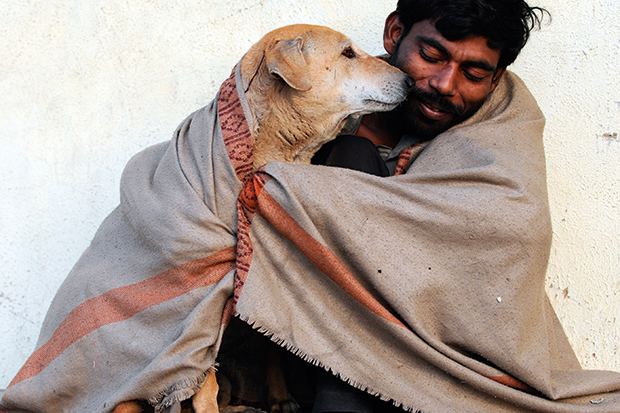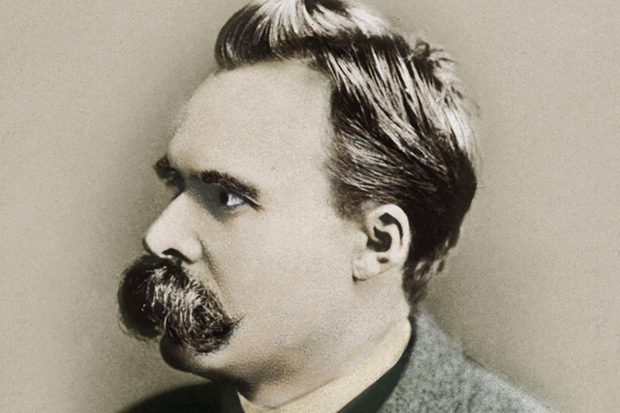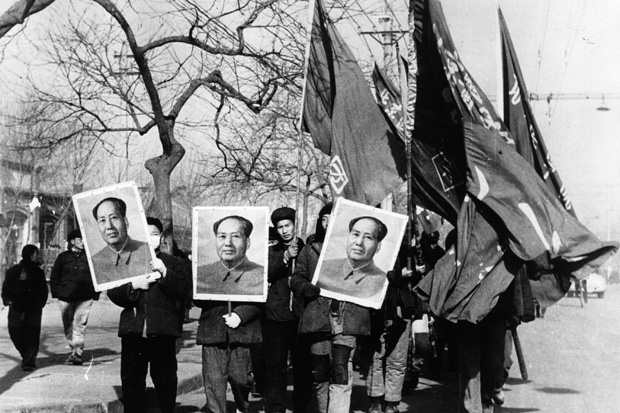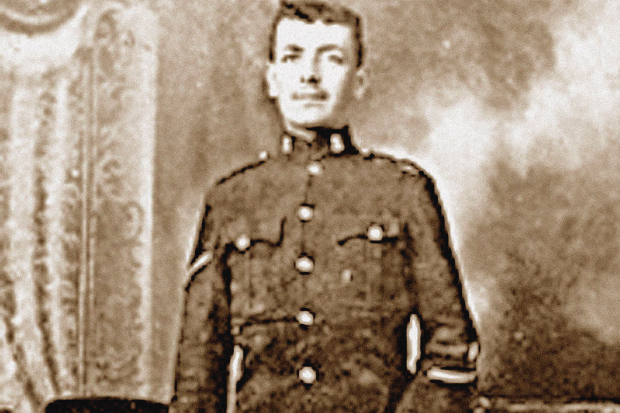During the heatwave in the summer of 1895, the Gentlemen v. Players match at Lords Cricket Ground on 8 July attracted more than 12,000 spectators. Among the crowd that sunny day were two little boys from the East End of London, brothers Robert and Nattie Coombes, aged 13 and 12. That morning they had got themselves up and prepared their own breakfast. Their mother was in the house, but she wasn’t able to see to her boys, because during the night Robert had killed her. He had stabbed her with a knife bought expressly for this purpose and then, just to be sure she’d perished, put a pillow over her face.
In the days that followed, Robert and Nattie had a fine old time. They went again to watch the cricket, where they saw W.G. Grace score his seventh century of the season. They roamed the sweltering streets and played cards in their house. They may have spent time reading, during the heat of the afternoons: Robert was especially fond of the penny dreadfuls, sensational story-books which chronicled the adventures of pirates and highwaymen, as well as tales of true crime. If the neighbours noticed a funny smell in the cramped little Plaistow terrace, no one troubled themselves to investigate. Perhaps the long drought had brought many unsavoury odours. It was only when the boys’ aunt Emily turned up that the police were summoned. Mrs Coombes had been lying dead upstairs for ten days by then.
Kate Summerscale’s brilliant account of an earlier Victorian murder, The Suspicions of Mr Whicher, also featured a teenaged perpetrator. With her meticulous research, spry prose and eye for the telling detail, no other writer could have made the Coombes case so fascinating and so vivid. She is one of those authors with such a light touch that you barely notice the social, psychiatric and even military history woven into the story. What Gitta Sereny was to the juvenile murderers of the 20th century, Kate Summerscale is to those of the late 1800s.
Sereny, of course, had access to much more information than Summerscale. She was able to interview people who knew the killers, including their families. In her book about Mary Bell, she even interviewed the killer herself. Her work was deeply informed by forensic psychology, whereas the Coombes case occurred at a time when the prevailing idea about juveniles who committed violent crime was that they were simply degenerates, throwbacks to a more primitive, less morally evolved past.
All murder stories describe the where and the how of the crime, but the real question is always why. When the crime is that of matricide — so rare, so horrible — the motive is even more pressing.
What on earth makes a child kill their own mother? On this matter, Summerscale walks the tightrope between the past and the present without a wobble. She does not allow herself fanciful conjecture, but cites the beliefs of the age and reports the known facts. Mrs Coombes was said by some to have an excitable nature. She had occasion to beat little Nattie for stealing: in this context, stealing seems to have meant pinching food from their own kitchen. The father was often away at sea. Robert was the favourite and sometimes slept in his mother’s bed. He was clever, but prone to headaches and strange moods. The boys had previously attempted to run away. Robert bought the knife and hid it up the chimney in the back bedroom until Nattie made the signal — two knocks — for him to proceed with the murder.
At the trial the younger brother gave evidence against Robert and claimed he had never knocked on the wall. When he was asked about his motive, Robert said he had done it to prevent Nattie from being punished again. My own theory is that the boys were kept hungry and simply couldn’t stand it any more. As adults, Nattie reached only 5ft 2in, while Robert was 5ft 7in: perhaps they were stunted from lack of nourishment. If this was the case, it’s significant that Robert later became a market gardener, entirely self-sufficient in food.
The jury took pity on young Robert and declared him insane. He grew up in Broadmoor, under the most civilised regime: he read improving books, walked in flower-filled gardens, played chess and billiards and learned tailoring. Already musical, he was taught to play the violin and the cornet to almost professional standard. It sounds much nicer than his life at home had been. In due course he was released and went to Australia, as did Nattie. They saw each other only from time to time. He served with great distinction as a stretcher-bearer at Gallipoli and then grew vegetables and worked the land. In his late fifties, he even joined up for the second world war. Neither he nor his brother had children of their own.
An epilogue describes Summerscale’s research visit to Australia and the act of great kindness Robert Coombes performed there. He rescued an unhappy little boy, who never forgot him. It would be impossible to read this dry-eyed and not to believe that the Wicked Boy was, in the end, redeemed.
Got something to add? Join the discussion and comment below.
Get 10 issues for just $10
Subscribe to The Spectator Australia today for the next 10 magazine issues, plus full online access, for just $10.
Available from the Spectator Bookshop, £13.99. Tel: 08430 600033
You might disagree with half of it, but you’ll enjoy reading all of it. Try your first month for free, then just $2 a week for the remainder of your first year.














Comments
Don't miss out
Join the conversation with other Spectator Australia readers. Subscribe to leave a comment.
SUBSCRIBEAlready a subscriber? Log in